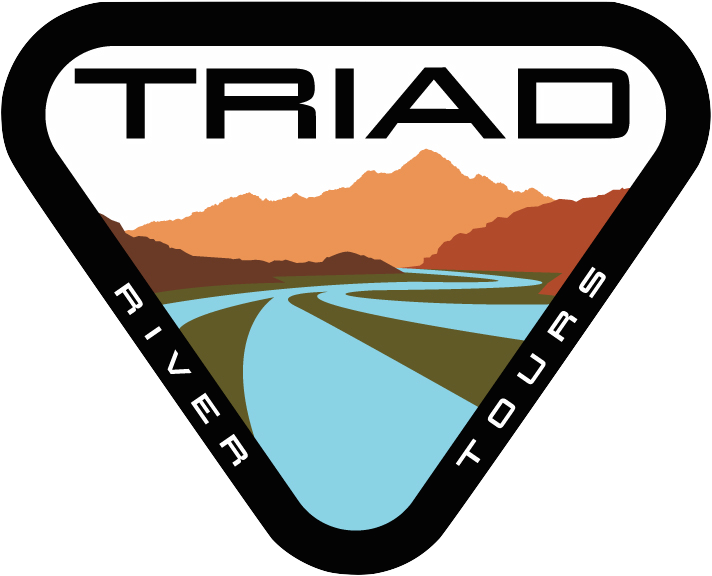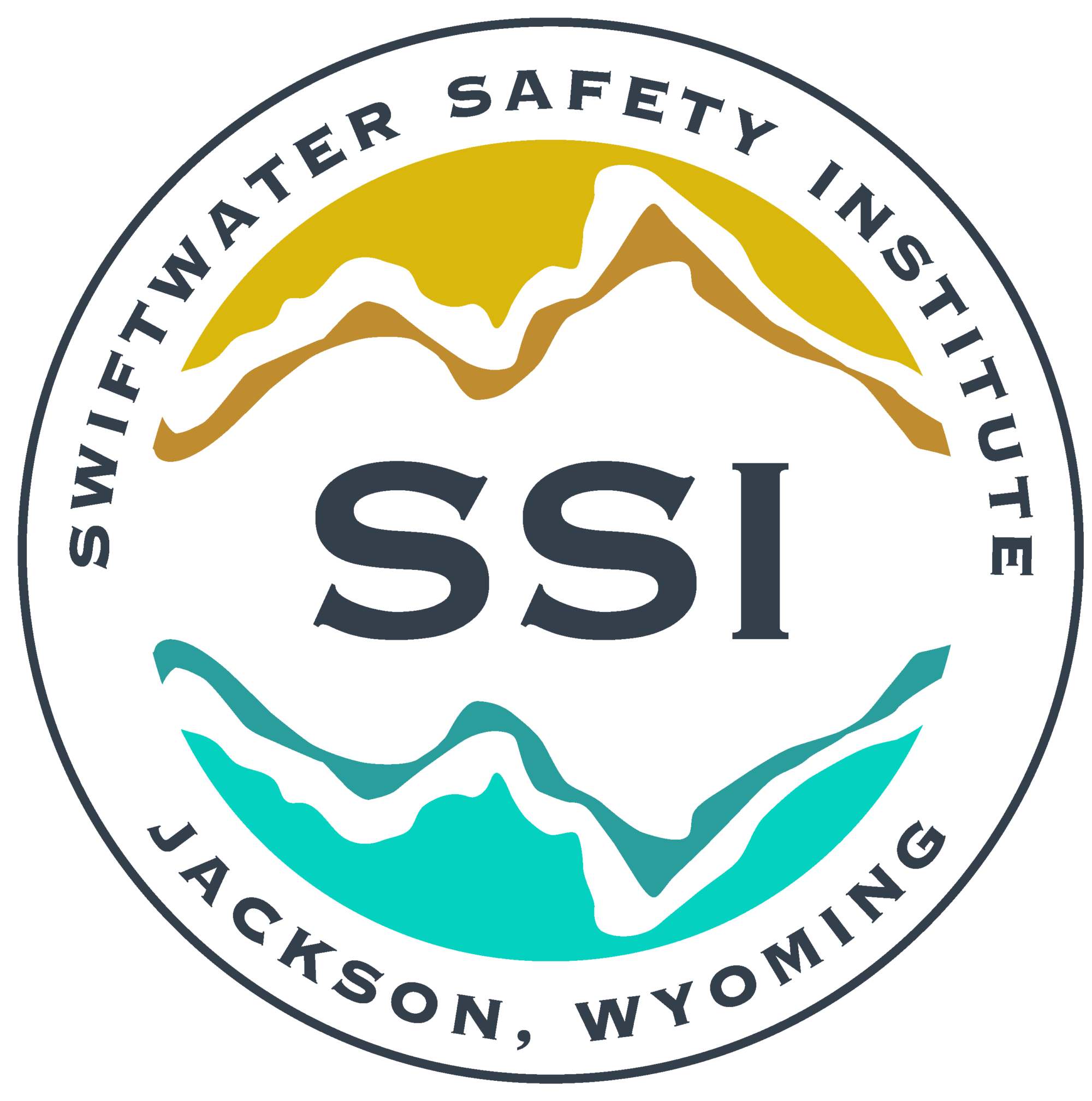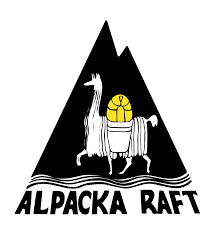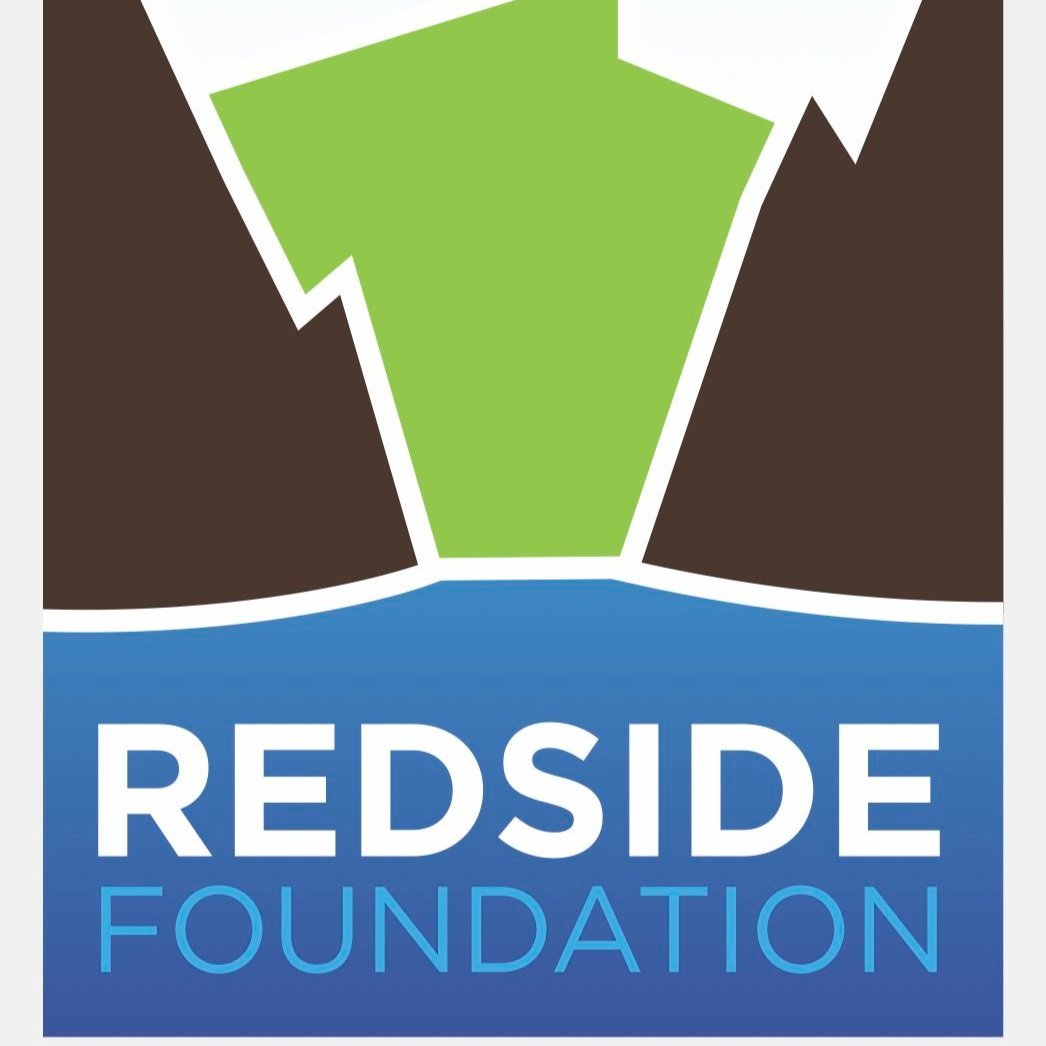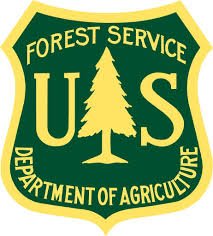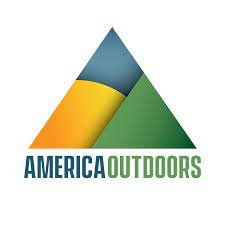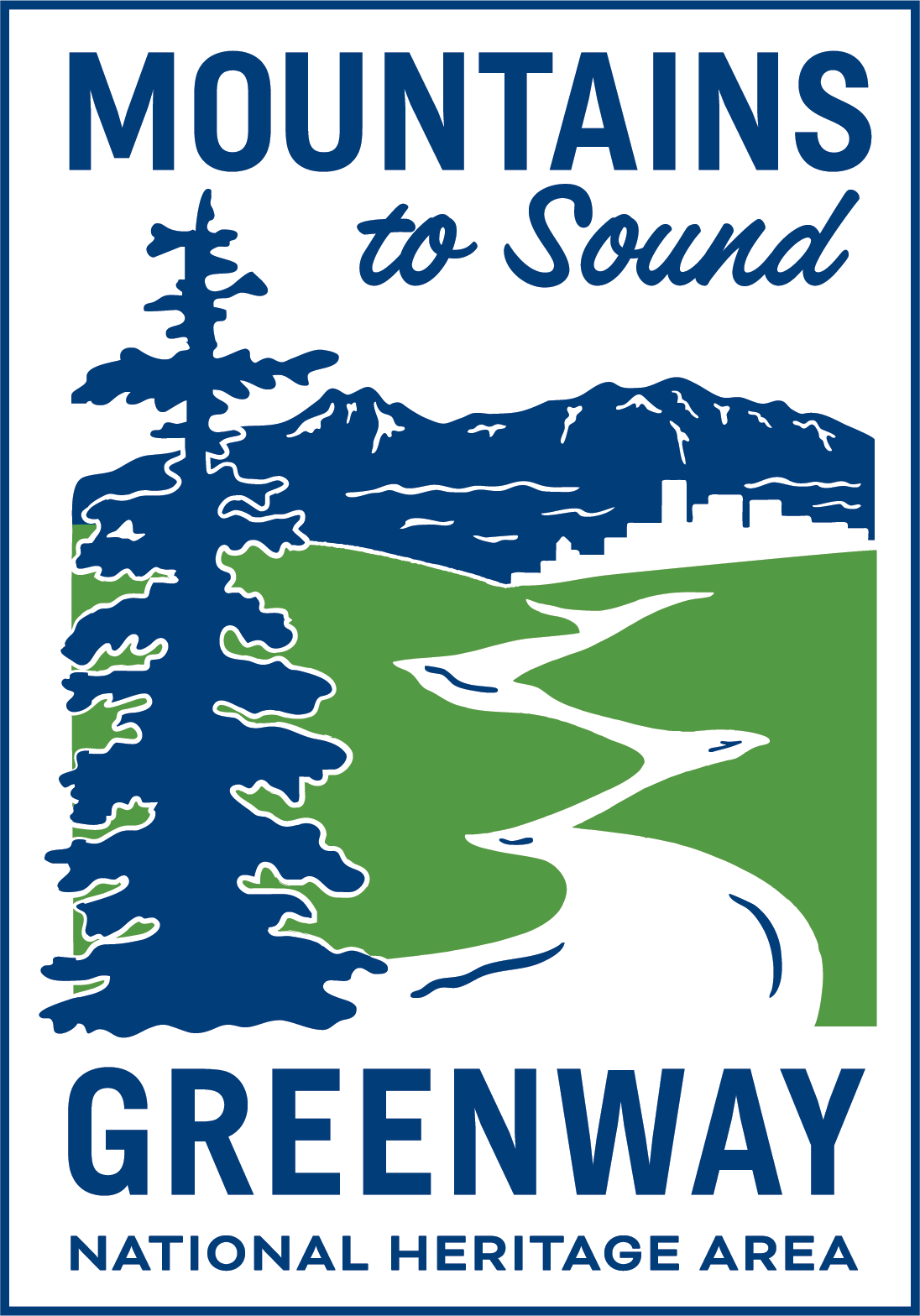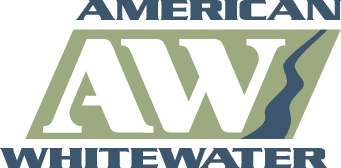Whitewater River Safety
The Whitewater Difficulty Classification Scale is probably more destructive than it is helpful at this point. Many of the most famous swiftwater rescue expert trainers no longer use it. It has become, in many cases, a way for river rafting companies to "one up" each other by claiming they run more difficult whitewater, as opposed to being utilized as an objective means to prepare people for the relative levels of danger they are about to face on their upcoming river trip.
Further complicating matters is the lack of a state run river guide and whitewater river outfitters licensing board or governing legislative body on the matter. While the state has laws in place that are designed to protect the public (click here to be directed to the Washington State Legislature page on Whitewater Outfitting), these laws are by no means exhaustive, and just don't have the kind of enforcement or "teeth", as we say, to continually protect people from unethical practices in the outdoor river rafting industry. As a result, the only path to take is that of the educated consumer. The first step is understanding that the whitewater river classification system is often misused, and then taking into account the safety record of the river section you are going on as well as the whitewater outfitter you are paying to take you.
River Classification Logic
When we talk about Whitewater Classification, what are we considering? There is only one answer here at Triad; when our staff communicates using this terminology ,we are talking about relative levels of danger while on the river and nothing more. There are many whitewater river sections that frighten the inexperienced, but may not be the most life threatening. At the same time, as history tells us, people are constantly underestimating the dangers of the river, and within some of the most common features in a river corridor lie the biggest risks.
Big waves can be fun! Sometimes larger water does not necessitate higher levels of danger, as demonstrated in this photo courtesy of Bearpaw River Expeditions.
Big water can, and will, flip boats. It can be a daunting experience. Trust us, we've seen some big water. Coming from Hells Canyon where typical river flows top 50,000 cfs (cubic feet of water per second), and the Main Salmon River which houses legitimate class 6 water and has a record flow of 120,000 cfs, we have seen big waves. Common river flows on the Sauk River are anywhere from 500 cfs to 5,000 cfs. Within these ranges the Sauk River is considered to be "Class 3+ continuous" by our expert guide staff. Continuous whitewater is definitely more risky than "pool-drop" rivers because the water continues to move at all times; this means less time to recover, and this means all rescues happen in moving water and within the confines of the route through the rapid. When we run a river like the Sauk we have to recognize the difference between running a section of river that has one or two "BIG" rapids, that may be rated higher, and a section of river that is 2-3 miles long that never stops. There is no question that each type of river environment has its hazards and obstacles, but strictly speaking it is vital to recognize the exertion and difficulty presented by continuous whitewater.
Our staff interviewed one of the most experienced whitewater boaters in the United States when it comes to big, fast, steep water. Justin Walsh of Bearpaw River Expeditions on the Lochsa River explains whitewater quite simply; "going bigger doesn't necessarily mean it's more dangerous, and I think that being able to take those bigger lines and give those big experiences to the guests while also maintaining a high level of safety is the hallmark of a good rafting crew". We could not agree more! Too often people underestimate rivers and put themselves into dangerous situations unnecessarily. Conversely, once on the river we see people take questionable lines and ill timed maneuvers simply because they are responding to their fear, and lack necessary experience both in quality and quantity. Looks can be deceiving, so it's important to have a well rounded understanding of whitewater, and experience is paramount when it comes developing skill in this regard. Running a whitewater river in a raft, kayak, canoe, or jet boat using pure emotion and adrenaline as your guide is not a safe method. Triad understands the need for continued research and study into the rivers we run, and constant attention to the changes that the river goes through. After all, the classification system is really nothing more than counting numbers on your hand, it cannot possibly account for the multitude of features that come into play when running a whitewater rafting stretch of river.
"Going bigger doesn't necessarily mean it's more dangerous"
River classification is a great way to explain, in short, what to expect from a river, but it's no substitute for experience and preparation. What do we mean by preparation? Whitewater running in times past was a shot in the dark. We would load our rafts onto trailers and ask the locals what the river was like. We would talk to the US Forest Service Ranger, and we would have a buddy or two that had seen it before. We would utilize all of the resources at our disposal at that time. Usually, this also included learning from the river while we went down it in the form of scouting. Triad continuously scouts rapids no matter how many times we have run them, simply because it is the most reliable source of information on rapids being run on that particular day.
Times have changed and we now have computers, free USGS maps, as well as online databases such as American Whitewater. There are multitudes more resources available to whitewater runners in the digital age. As well, improvements in equipment, and the increasing popularity of whitewater kayaking have given us more eyes on the water than we have ever had before. This makes the responsibility of guiding more expansive as we now have the opportunity to make trips safer and more variables within our range of control. There is no substitute for experience and preparation. They are the two most valuable things you could ever reach for as a river runner. Triad's guides are expected to maintain high levels of competency on the river, as well as at home. They are expected to continuously study water flows, circumstances, as well as run rivers on their own time to continuously hone their craft. This is the way we handle whitewater, we prepare, and we run again, again, and again. Whether it's January or June, Triad will be on the water. Creating a safe environment on the river is never perfectly attainable, and it most certainly is a tremendous challenge. We see whitewater river safety in the Seattle area as an ongoing and never ending process. We embrace this opportunity as professionals. This is the challenge we accept when we choose this profession.
With an increase in popularity, kayaking enables more people to see the river and share their knowledge with the public. This communication has created opportunities for all types of river runners to enjoy safer and more informed river trips. This photo is courtesy of Small World Adventures, Ecuador.
Triad believes that when you buy a trip from us part of your money should go to continued research. We believe that you are buying an experience, as well as knowledge from your guides. Also, we think there is a certain "pay it forward" aspect to river running, where we continuously train, practice, and research the rivers that we run so that they are safe and fun for our company, our guests, as well as the public at large.
River classification can be ambiguous business, and we are not about to reduce river running to 6 linear numbers. A good piece of advice is not to run something that you cannot swim. Many people that have run whitewater have been fortunate enough to have never taken a long difficult swim, but all guides at Triad must have experienced it; it's something we practice continually. Taking long swims is nothing to be taken lightly, it's highly uncomfortable, disconcerting, and frightening. There is a tendency for people to call up to book a trip and say, "oh, this is just class 3 and I have run class 4", this is not the correct perspective to take when dealing with whitewater rivers. Running a class 4 river and staying in the boat can seem more like a class 2 river trip, but a class 3 swim can quickly feel like a class 5 river trip, and perhaps can seem class 6 if the river is cold or there are life threatening obstacles in the river. Don't be complacent when dealing with the power of the river, it never sleeps, it never chooses favorites, and it always has a way of keeping you humble. As Triad's lead safety kayaker, Josh Larsen, is fond of saying; "you're always in between swims". Please make sure that your next swim happens on a river which is consistent with your physical and mental abilities. There is no turning back once you start, and once out of the boat, the river will largely decide the course you will take.
"You're always in between swims"
Whitewater swimming is daunting, but there are ways to approach it safely. The "whitewater swimmers position" is a common way to prevent injuries and fatalities while running whitewater. This procedure is recommended on all Triad River Tours trips when someone is in the water and they are swimming a rapid away from a raft. You simply keep your feet up and out of the water (if possible) and pointed downstream. Practicing this position on a living room floor before your river trip can give you enough experience to remember to do it when it counts. By keeping your feet up and in front of you, you keep your body shallow and your head up out of the water and away from incoming rocks as you float downstream.
The whitewater simmers position is a simple and effective way of minimizing risk while swimming a rapid. Photo courtesy of Frontier Bushcraft
Of course, your guide will go over your whitewater river safety procedures when you are on the river, but this most basic piece of instruction is a great start. We'll leave the rest of this part to the safety talk on the river.
On the Sauk and Nooksack Rivers our primary concern for most of the year isn't flushing and drowning from simple over exposure, it is in regards to the obstacles that are common in these types of river corridors. Rivers without dams mean ever changing geological aspects of the river corridor, and as a result wood and undercuts become paramountly important to avoid. We will go ahead and explain these things to you in depth when you are on the river, but for now we'll go over the basics.
Wood is one of the most dangerous aspects to the rivers of western washington, and is critical in whitewater preparation. The beautiful trees and old growth forests of the evergreen state mean that these trees fall in the river when the banks of the river are cut away by water. In turn we see logs in the river, limbs in tact, ready to scoop up and trap oncoming swimmers. We must be mindful of these logs. Triad makes a statement by never running a river for the first time with guests in it whenever there is a heavy rain, this means that you can expect us to be aware of most of the wood that is in the river corridor. However, things are constantly changing from day to day an hour to hour. There is no way for us to be completely sure that all wood has been removed from the river, or has otherwise been accounted for (note: it is strictly against USFS rules to remove wood from our river systems).
Undercut banks are another obstacle that we are faced with when we are dealing with relatively young and geologically active riverbeds and watersheds. As rivers turn the shave pieces of rock and sediment from the sides of the river, and create "undercuts". Undercuts are bad not only because the river forces you into them, but also because they are inverted in such a way that you cannot escape them once inside. It is critical to swim away from undercuts when swimming a whitewater river or in any river rescue situation. Undercuts aren't always obvious to the eye, so your guide may point them out to you as you come up to them.
Foot Entrapments are one of the leading causes of whitewater drownings in the United States. They are caused from dangling feet at or near the bottom of the river in such a way that they can become entangled with brush, roots, debris, or most often, rocks. The only way to avoid foot entrapments entirely is to stay out of the river. We do our very best to keep you out of the river and in the rafts, but in case you end up swimming a rapid always remember: Keep your feet up!
Foot entrapment rescue is extremely difficult and rarely successful. This is a scenario where prevention is key. Photo courtesy of Sierra Rescue
Wether you are on class 2 or 5 remember to listen to and trust your guide. Do your own research into the company you go with, if you aren't on a Triad trip, and ask questions before you book your trip. Once on the water, never hesitate to request clarification in regards to any aspect of the safety talk. Your life literally depends on your active participation in the safety protocols that we use. On the river, we are a team!
